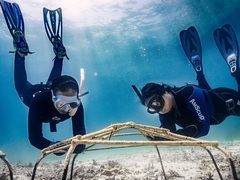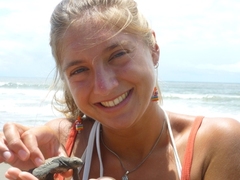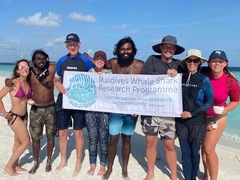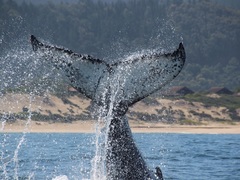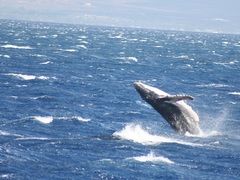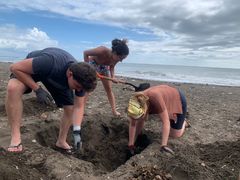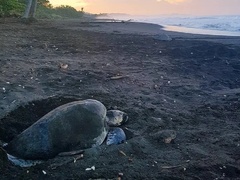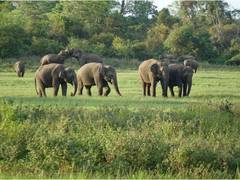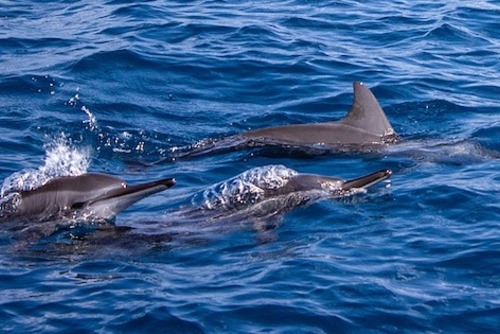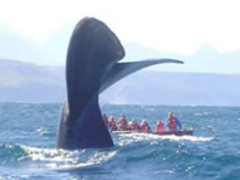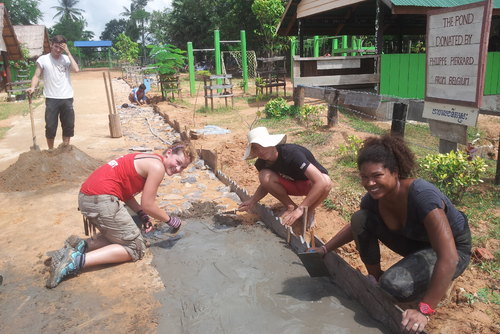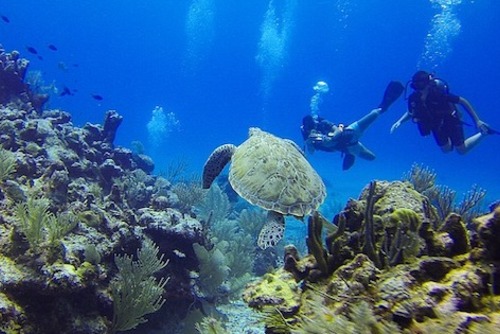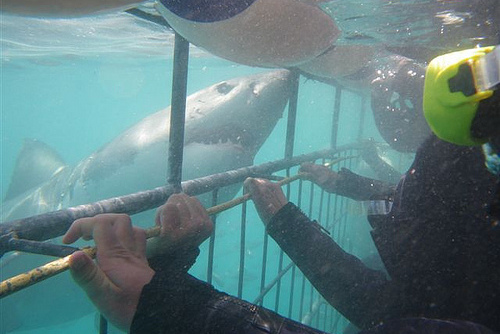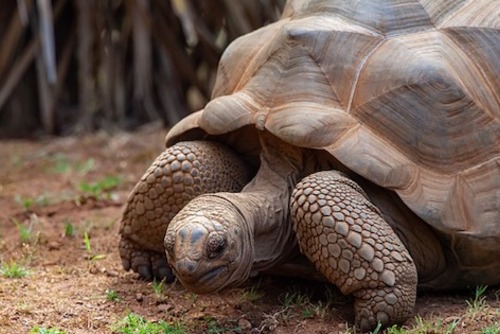Delfini del Ponente aims to increase the knowledge of the marine environment, protect biodiversity, and promote a better coexistence between human activities and sea life.
The main activities carried on by the members of the association are research monitoring of cetaceans and other marine fauna of the Ligurian Sea; environmental education and awareness activities; activities of protection and enhancement of nature; scientific-cultural
training activities; promotion and dissemination of good practices aimed at preserving biodiversity.
1) Programme and Schedule
Participants will assist researchers while working onboard dedicated research vessels. Interns will be involved 5 days a week, 6-8 hours/day (depending on fieldwork or office work), and also during the weekend if the weather is favourable. The programme is highly flexible and with possible last-minute changes due to the changeable weather.
The programme is not scheduled in advance and the activities for the next day are often communicated in the evening (before 21:30). The coordinators make every possible effort to switch between field and office work during the week, but this is not always possible due to the weather constraints. It can happen, for example, to go in the field 4 days a week or the opposite, to stay in the office for a whole week.
Fieldwork
Boat-Based Surveys: Interns will help and participate in collecting different kinds of data and actively searching for animals. Usually, a survey lasts from 5 to 8 hours, and it is required to use binoculars for the majority of its duration. Fieldwork will help participants gain first-hand experience in collecting data on free-ranging cetaceans and improve skills on cetacean boat-based surveys. Surveys are weather-dependent and a number per month is not possible to know in advance.
Boat Maintenance: interns will regularly help with refuelling. They will also help with the maintenance - cleaning and reorganizing - of the zodiac during the month.
Land-Based Surveys: Only in Winter, Spring and Autumn. It consists of the collection of environmental data, marine traffic, and dolphin presence from two different strategic points in Imperia. Every month at least one land-based survey aimed at the observation of seabirds and birdwatching is scheduled.
Opportunistic Surveys: Only in Summer and occasionally. Other boats might be used as platforms for opportunistic sightings of bottlenose dolphins. Data on all the other animals spotted are recorded too.
Sea Turtles Beach Monitoring: (in July and August) Since 2021 the Ligurian region has been interested in two nesting events, one of which was also the first ever recorded in this area. For this reason, we started a pilot project in Imperia where interns will conduct early morning beach surveys to look for nesting attempts from sea turtles that occurred at night (theory on track recognition will be provided beforehand).
Surveys will be quite short - 30 minutes maximum - but will require the interns to wake up before dawn (in summer 5.30 am) to patrol the beaches before any activity of sand raking from the beach owner is carried out. Up until now, no turtles were ever spotted nesting in Imperia, but due to climate changes and the 2 nests recorded recently in the region, a nesting event is something that could take place shortly.
Fieldwork can be scheduled at any hour, it can start at sunrise or end at sunset. Surveys are weather-dependent- dependent and our plans can change often even during one single day. Extreme flexibility is therefore an essential prerequisite.
Remember that, even though the sighting probability in the Pelagos Sanctuary is very high, the chances of observing marine wildlife at sea are always unpredictable and not always guaranteed. Boat-based surveys and the use of binoculars at sea might cause seasickness.
Be aware that in case of bad weather, the fieldwork will not take place, in alternative it will be possible to spend more time doing classwork and/or our Biologists will suggest other activities in the surroundings.
Office Work
Office work includes transcription of data, data entry on laptop (transcription on Excel forms of all the data collected on the field), photo-id analysis and matching (main activity, organise and analyse the pictures of previous sightings of bottlenose dolphins, organise in subfolders and then match all the individuals with our catalogue of dorsal fins), QGIS analysis (generally not in Summer, organise the dataset to map on GIS sightings points and tracks). Classwork duties last no longer than 6 hours a day. During the month, lessons about different topics of marine mammals and marine fauna (Biology, ecology, research techniques used in this topic, conservation…) will be given by the coordinators to the interns.
Our Team
Research and other activities will be conducted by a qualified team, which has more than 10 years of experience in marine fauna research all around the world. Research coordinators will oversee fieldwork and general project coordination, while intern coordinators or research assistants will help in all aspects of the project and coordination of the activity, housekeeping and interns’ responsibilities.
2) Benefits
Participants will assist and help researchers working in the field. This is a great opportunity to get involved in cetacean research, enjoy marine biodiversity while gaining fieldwork and lab experience, travelling, and explore the beautiful Liguria region and help support cetacean research and conservation.
At the end of your internship, you will:
• Learn different methods for studying marine mammals in the wild and gain practical experience in cetacean field research.
•Have a deeper understanding of cetacean ecology, biology, behaviour and physiology.
•Be able to recognize several cetaceans, birds, reptiles and fish species of the Mediterranean environment.
•Have a good understanding of standard procedures in fieldwork data collection and further possible analyses that can be developed
3) Project Background
In the Ligurian Sea, bottlenose dolphin has been extensively studied only in the Eastern area, between Genoa and La Spezia, which represents, for a series of features of the seafloor, a perfect habitat for this species.
On the contrary, in the Western part, no research organization or scientific foundation has conducted studies focused only on bottlenose dolphins because, due to the morphology of the sea bottom, sightings have always been more sporadic than the opposite side.
The continental shelf is very narrow and short and high depths (around 2000 m) are reached close to the coast. This makes the area suitable for other cetacean species but not ideal for bottlenose dolphins, which tend to remain in coastal waters.
Since April 2018, the beginning of our project, we have been demonstrating that this species is regularly present all year round also in this part of the basin with a high occurrence and great numbers. The project is structured on an annual basis, to obtain data not only on the distribution during the Summer but also changes during the different seasons.
Data from this study are being used to create a baseline for a long-term project, monitoring bottlenose dolphins in this part of the Ligurian Sea, information needed to suggest and create conservation plans for their protection.
During our surveys, we collect data on the presence of other cetacean species and on several species of marine birds, fishes and sea turtles that can be sighted.
Our database of marine fauna provides interesting information about the seasonal presence of Mediterranean shearwaters (Puffinus yelkouan), Scopoli’s shearwaters (Calonectris diomedea), Northern gannets (Morus bassanus), Sandwich terns (Thalasseus sandvicensis), sunfish (Mola mola) among others.
Research Topics
•Groups and social structure analysis: to study the interactions and associations between individuals
• Abundance: estimation of the local population size
• Distribution, occurrence and movements to understand if the animals perform movements and migrations, even seasonal, towards the neighbouring areas.
• Identification of hot spots or areas with greater importance.
• Identification of the main threats which dolphins may incur and therefore the creation of management and conservation plans for their protection.
• Interaction with fisheries
• Habitat modelling
• Skin lesion
• Distribution and occurrence of seabirds, with a focus on seasonal variability.
• Sea turtle monitoring (Pilot project on nests)
• Methods and data collection
The project is a long-term coastal project. Data are collected during dedicated boat-based surveys conducted from a 5.2 m zodiac equipped with a 40 hp outboard engine, based in the port of Imperia, with 4/5 crew members. Surveys are carried out in favourable weather-marine conditions (Beaufort ≤3) around 10 times a month.
The main effort is focused on collecting images, which will be used to identify the sighted animals, through the technique of photo-identification. Environmental conditions, marine traffic, geographical locations and dolphins' behavioural data are among the data collected at sea.
4) The Study Area and the Pelagos Sanctuary
The study area, which extends from Capo Noli to the France border, from the coast to the bathymetric of 500m in depth is located in the Ligurian Sea, a basin that shows very particular features, especially in its Western part where it reaches remarkable depths very close to the shore.
In western Liguria, the continental shelf, which by definition extends from the shore to 200m deep, is little expanded and in a few nautical miles the bottom reaches more than 2500 meters in depth. The continental slope is crossed by many submarine canyons in the area. Other important oceanographic and climate parameters contribute to make this area unique for marine life.
Thanks to all these features the Ligurian basin is considered to have the highest presence of cetaceans in the whole Mediterranean Sea. For this reason, in 1999, the governments of Italy, France and the Principality of Monaco signed an agreement that sanctions the establishment of a marine protected area, called the International Pelagos Sanctuary.
The area, which extends for 96,000Km² houses regularly 8 cetacean species: fin whale, sperm whale, striped dolphin, bottlenose dolphin, pilot whale, common dolphin, Risso’s dolphin and Cuvier’s beaked whale. Mobula rays, sea turtles and several marine bird species are regularly present too.
5) Physical Demands
Participants must be of good health, be able to stay several hours on a boat and often under the sun or harsh weather, have good physical fitness, be able to lift/carry 15 kg, be able to walk without difficulty, be comfortable on boats in nearshore/offshore waters, able to swim and work in harsh weather conditions at times.


